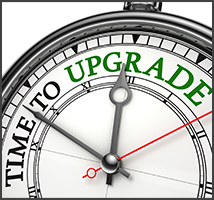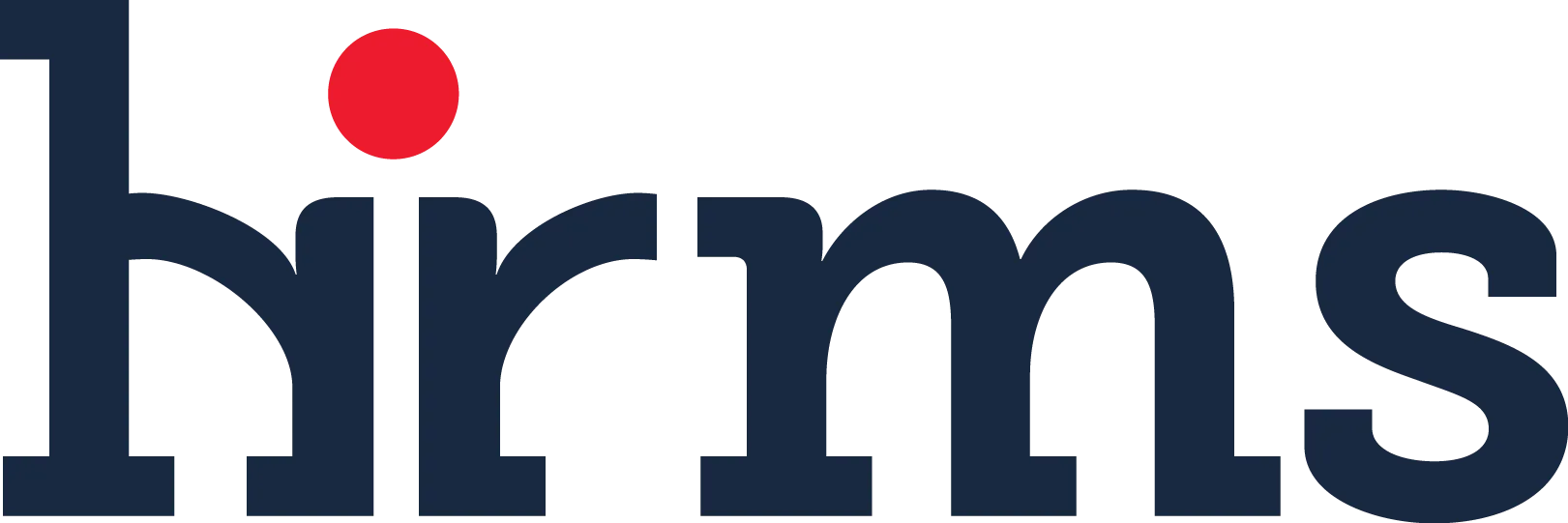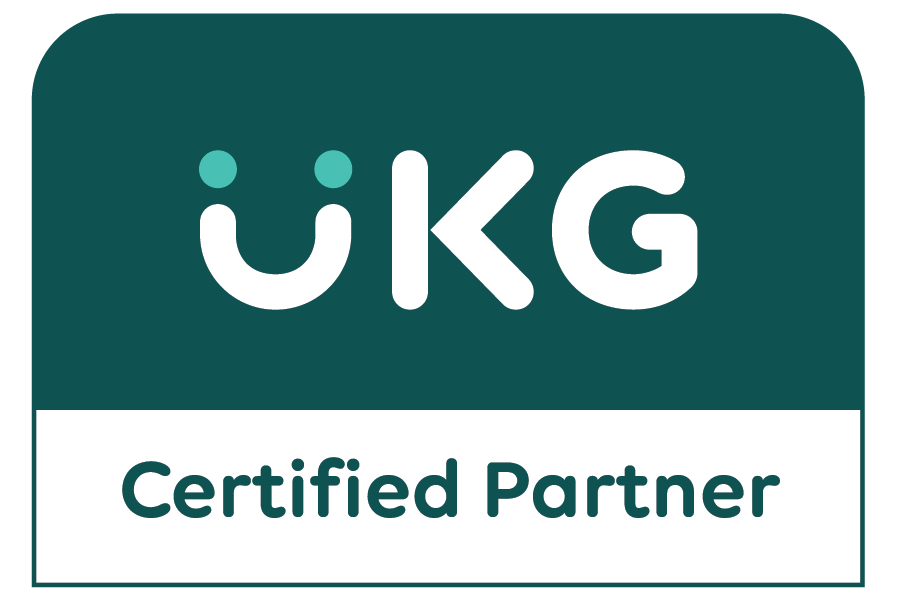
- First and foremost, does your vendor provide the level of service you require and is the vendor aligned with the technology direction of your company?
Is the vendor still supporting and actively investing in the development of the application? This includes a well trained team of support professionals at the ready and a clear roadmap with scheduled product enhancements beyond bug fixes and mandatory federal compliance updates. If either one of these answers, or both, are a no, it’s time to look elsewhere.
Does the vendor’s technology still fit the goals of your organization? If your software is 7+ years old, it’s likely that you are using an on-premise application built on a non-cloud technology platform. Considering the growing trend of adopting HR in the cloud and it’s modern capabilities to administer your workforce, it may be time to re-evaluate your HCM.
- Does your existing system address all of your current and future functional needs? In the not so distant past, it was common for an HRIS to have a solid foundation of HR capabilities (i.e. demographic information, job/pay/status/location tracking, benefits administration, basic workflow and alerts), but offered limited or no functionality for managing recruiting, performance, compensation or succession planning. The result was the birth of talent management applications which focused on specific functional areas. These standalone point solutions did a decent job of offering targeted functionality, but created a new issue – application silos.
(read my Standalone Talent Management Solution or Holistic HRIS/HCM blog for a list of pros and cons to consider with either of these type of offerings)
In either case, I believe managing multiple applications makes overseeing your workforce more difficult for everybody and in several ways. First, there is no easy or clean way to do enterprise-wide reporting. With a HCM managing one side of the business and a talent management solution another, how do you effectively capture and analyze critical data needed from both systems? Secondly, multiple systems create confusion in your workforce as managers and employees begin to question which system to use for what activities. In my experience, when that happens, those groups tend to disengage and not use either system, reverting to phone calls or creating other manual workarounds. Today’s HCM, does an excellent job of offering the desired end-to-end functionality (core HR + talent management) across a single platform.
- Has the strategic direction of your business changed requiring an adjustment to your workforce management requirements? Businesses evolve and what was not important seven years ago may be critical or required for you today. If your existing system cannot deliver the results you need or it’s simply too expensive to reconfigure your existing HCM, it’s a good indicator that you should at least evaluate the marketplace to see for yourself how HR technology has evolved.
- What are your organization’s IT requirements? Look at internal personnel and technology-ware (e.g. hardware, software, etc.) resources and the related financial perspectives to either upgrade an existing HCM or acquire a new system. Don’t overlook the related costs to purchase hardware, software or license(s) to support any new technology environment necessary for a new or upgraded system. And don’t forget to compare the associated costs for IT resources to continue to support a legacy system versus resource costs for supporting a new modern cloud solution. Finally, keep in mind, that an upgrade to an existing HCM often requires a platform change. This type of technology change could essentially require a re-implementation of the system and add significant costs and time to an upgrade process.
Equally important as knowing if your vendor provides the level of service you require, is the distinction of knowing if your vendor strategically fits your organization’s goals. The last seven years has been a whirlwind of change in the HR technology industry including significant merger and acquisition activity. The vendor you originally invested in may now be an entirely different type of organization. They may have entirely new leadership which drives different goals and objectives. And this new organization with their new goals and objectives may or may not include the advancement and focus on your HCM solution that it had once upon a time. The last seven years has also brought about fantastic new companies, new applications and new functionality at affordable costs that some only dreamed about just a few years ago.
So, if you find yourself in the quagmire of choosing to upgrade an existing HCM or to acquire a new system you have a plethora of options, each of which has a plethora of considerations. Take your time, do your due diligence and ask the vendor the hard questions.
Feel free to contact us with any questions related to upgrading or buying a new HCM.





